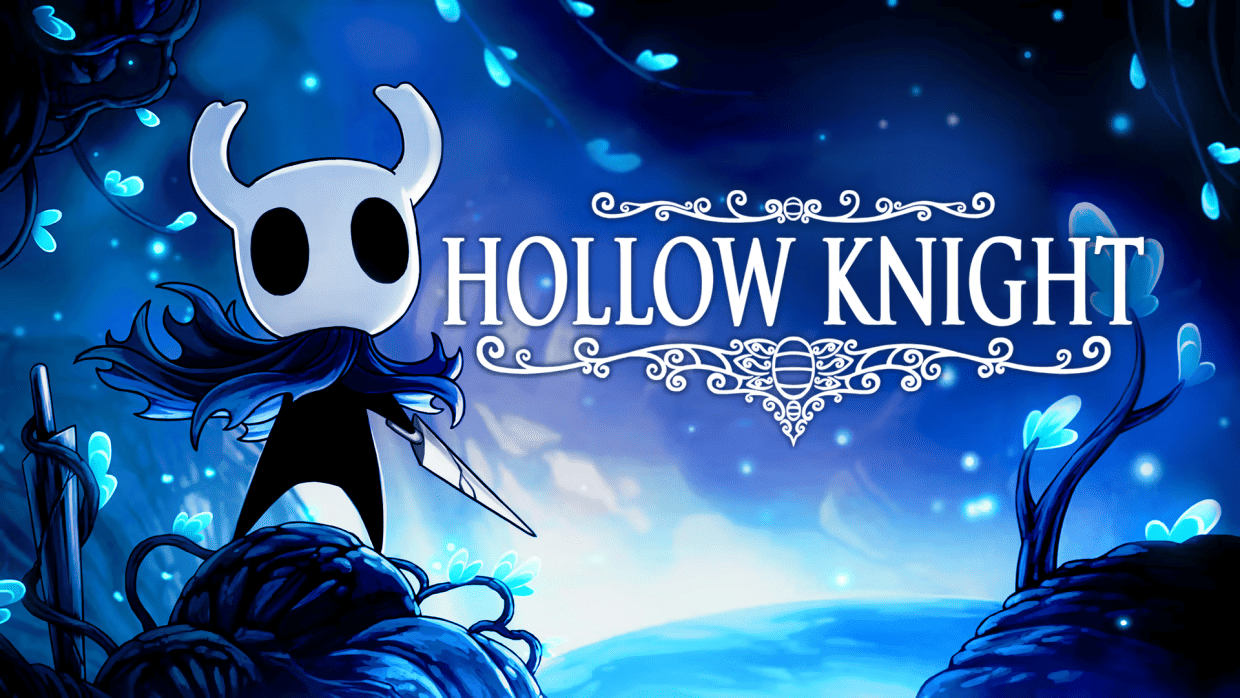Across the indie game field, nothing has managed to be quite as prominent a concept as the crowdfunding process, which usually only goes on when a small team has a great idea that they want you to pay for. This works out often, with games like Shovel Knight, Hat in Time, Hollow Knight, and Undertale coming from Kickstarter campaigns.
Immerse yourself in the hauntingly beautiful world of "Hollow Knight," where every step unveils secrets and challenges waiting to be conquered. With its captivating art style and intricate gameplay, embark on an epic journey filled with mystery, danger, and discovery unlike any other.
While we wouldn’t have gotten some great games without this process, having people throw money at a project they know barely anything about will often lead to a few people making some stinkers, either because they shot for the stars and missed spectacularly or out of active malicious intent. This article will discuss the worst of these failures, frauds, and freak accidents.
Selection Criteria
To select these items, first and foremost, they have to have been primarily crowdfunded through a service like Kickstarter, Fig, or what have you, but that’s a given. The rest of these qualifiers determine what makes them make this list, which is usually due to extreme backlash, but that backlash is generally from these reasons:
- Overpromising means they said they’d do a thing, then never did that thing, or did that thing extremely half-heartedly and not at all in the way anyone paying to get the game developed would expect. Unfortunately, this is very common among crowdfunded games and will be the main reason for it causing some drama.
- Fully funded projects are all we’ll be considering for this list. If a game gets underfunded and the creators choose to continue, they usually make something up to expectations for that amount of money. Still, most underfunded games just get canned immediately, with everyone getting a refund, so while Shadow of the Eternals would’ve been cool, it’s hard to be mad about it.
- Drama is practically a certainty when it comes to people paying money for something they didn’t end up liking when they got it years later. Some significant uproar or backlash from the community forming around the game is usually the easiest way to gauge whether or not something will be on this list.
- Quality isn’t necessarily important for this list, as I’m primarily considering the backlash from lying to your backers, but ultimately, producing a low-quality product will determine the placement of things on this list. If it’s low quality, it’ll probably end up later on this list, especially if it’s in combination with under-delivering.
#1 – Shovel Knight
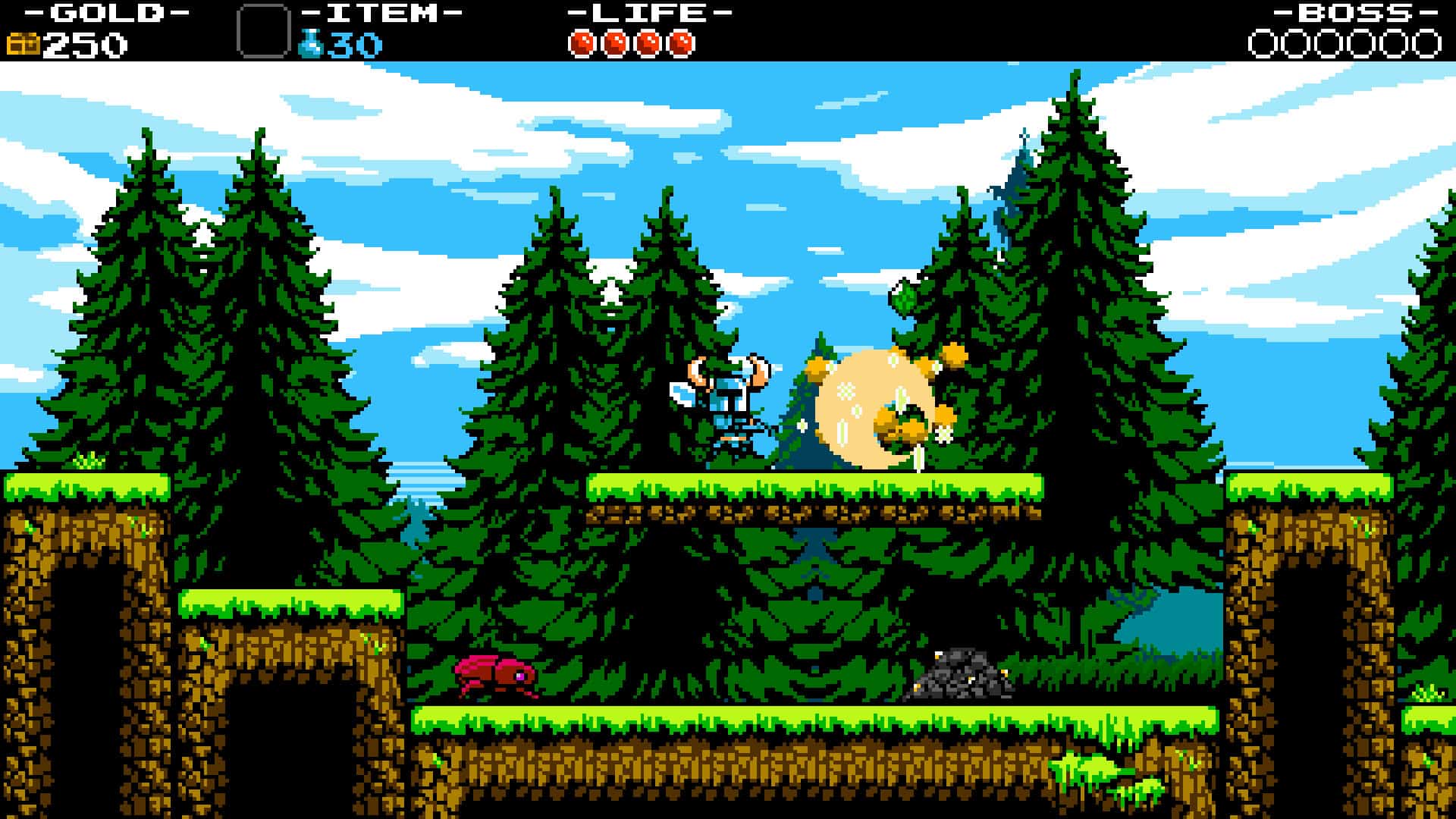
- Funding: $311,502
- Broken Promise: Strange release schedule, stranger money management
- Drama: Minimal
Shovel Knight is a great game that’s completed nowadays, but there was some upsetting uproar over the game’s weird release schedule. It’s a classic case of making some cool-sounding stretch goals and then realizing later that they’d have to actually fill those stretch goals. Plus, Yacht Club has some weird money management skills, man.
Although the game got funded pretty much immediately, the stretch goals kept adding more content, only separated by $10-20k for each tier, which meant it’d probably be a long time before we saw the promised New Game+, three extra campaigns with different characters, Linux and Mac versions, a gender swap mode, a challenge mode, a battle mode with every boss, and a physical edition.
Though the game was released in 2014 with the essentials contributing to the game’s incredible success, it wouldn’t be until over five years later that we’d see all the stretch goals be fully fulfilled, with an absolute ton of ports releasing in the interim, including the Switch one, which got one of the campaigns earlier than every other port, further trying to squeeze more money out of people so they could get new content.
Yacht Club has still been struggling financially despite porting to several platforms, all with some exclusive content to entice people to double dip. This is still true for Mina the Hollower, their most recent venture, which also has a Kickstarter, and on top of asking for money despite their success, won’t even include all the backers’ names in the game’s credits. This has all caused some relatively calm backlash, but backlash nonetheless.
#2 – Outer Wilds
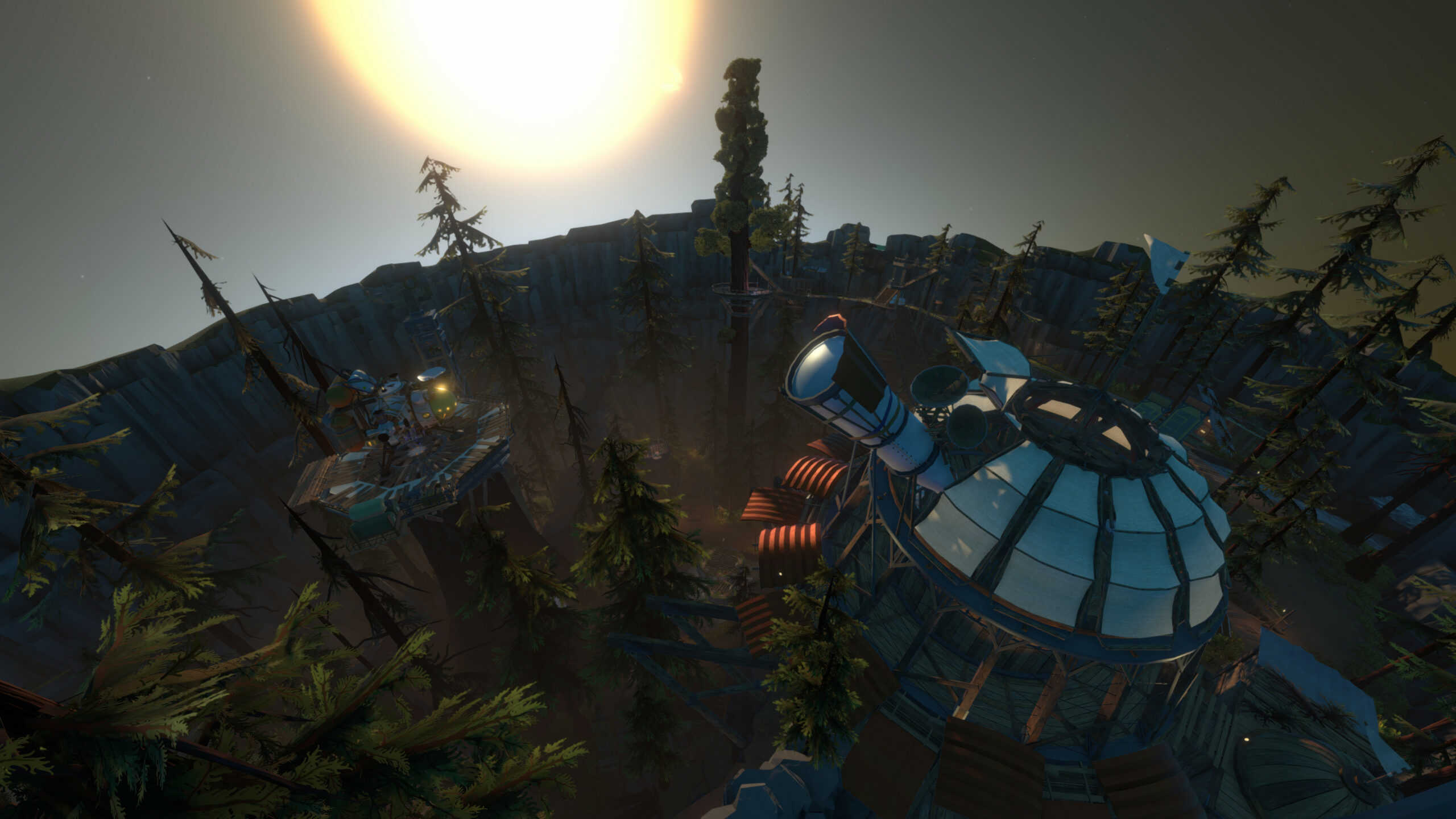
- Funding: $126,480
- Broken Promise: Steam Release on Launch
- Drama: Medium
Alright, yeah, first things first, Outer Wilds is incredible, but the fact is, the team at Mobius Digital had lied to their backers on Fig, which somehow you don’t hear about that often anymore. This is probably because the Fig page for the game is gone and redirects to the main site now, so you gotta do some digging.
In 2015, the page read, “Currently, we’re planning to release Outer Wilds on PC, Mac, and Linux through Steam next year.” Outer Wilds wouldn’t release for another four years, but that’s not the point since delays happen. We’re interested in the focus on Steam copies of the game on launch, which was also a backer reward for a minimum of $20, the main reason for the sizable drama around this.
The page said this even through September of 2019 after the game was released exclusively for Epic Games and Xbox, with a Steam version not releasing until 2020. The people who chose Steam had to settle for Epic, and the game was released in a buggy, worse state than what we currently know. It was an incredibly rough launch, though it managed to stick the landing a year late.
The reason for this tomfoolery was the interjection of Annapurna, who had Mobius essentially rebuild the entire game and turn it into a more cohesive experience. The game’s buggy and occasionally obtuse state got patched through the year, and after that Steam launch in 2020, it became a big success and cult classic.
#3 – Star Citizen
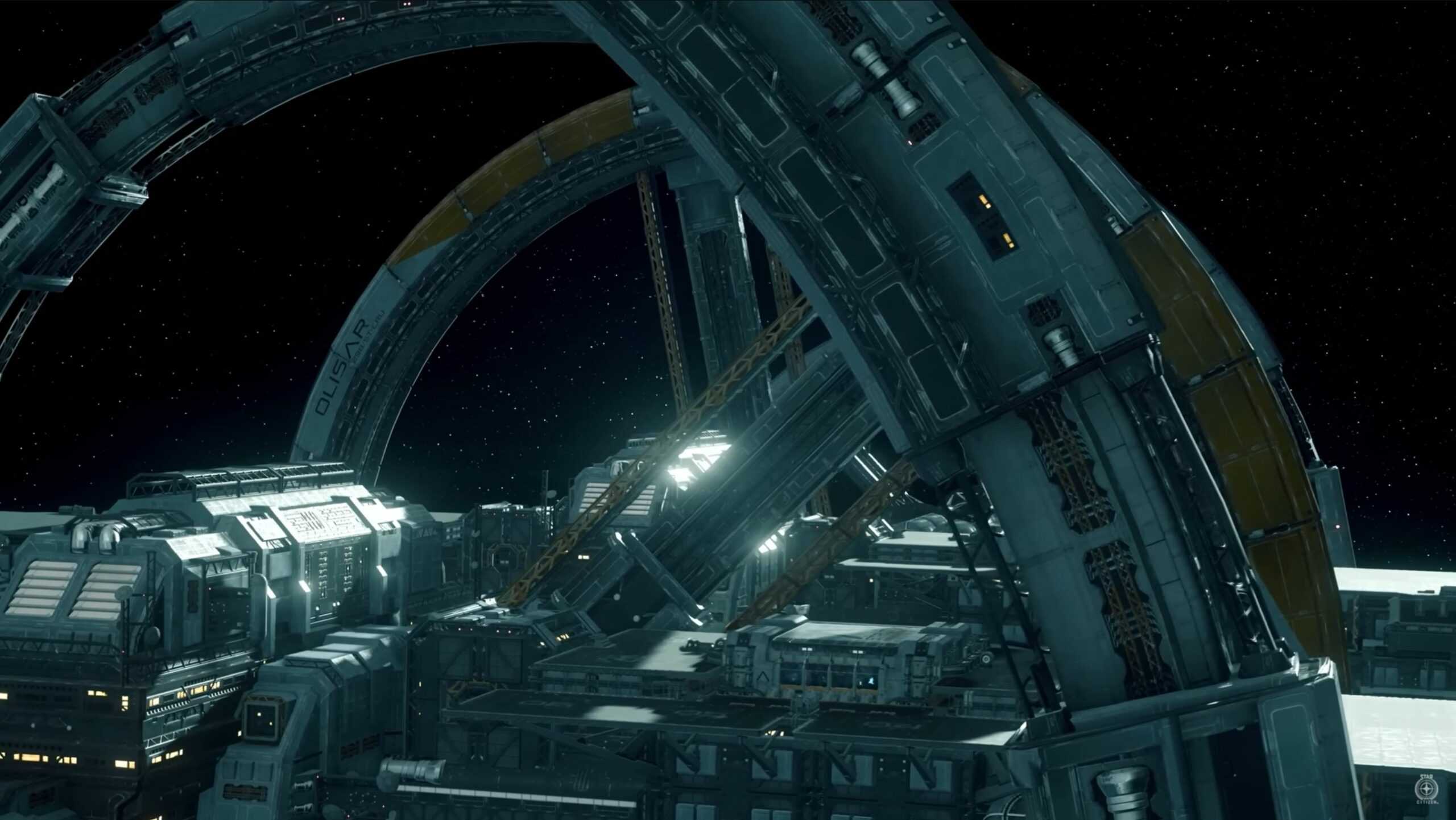
- Funding: $5,500,000+
- Broken Promise: No Pay-To-Win or subscriptions, dwindling support
- Drama: Medium
Star Citizen is a space simulator with the incredibly innovative idea of making you pay triple-A prices for fake spaceships in an indie game. Somehow, this thing got over 5 million dollars in funding, and that’s probably because the language of the Kickstarter tip-toed around the fact it’s a micro-transaction-filled, money-grabbing experience, instead pitching it as an epic space adventure that isn’t pay-to-win.
The Star Citizen Kickstarter rather pompously stated that “Venture Capitalists only want to back mobile or social gaming start-ups” and never once mentioned the mobile-game-esque monetization strategy, simply saying it’d have a “Fully dynamic economy driven by player actions” where “Money isn’t everything,” which doesn’t scream “$70 space ships that give richer players an advantage”.
People were upset that they’d already spent around $40 on getting a digital copy of the game, only to be met with a bunch more “give us money” prompts when the game launched. On top of this, the game is incredibly slow-going and still unfinished, and the devs were fighting as hard as possible not to issue refunds until the law got involved.
This game also broke its promise of not having any subscriptions, and while you don’t need one to play, they certainly offer them for $10 and $20 every month. On top of this, as all online games eventually do, Star Citizen’s support is already starting to fall off, with most updates being menial additions.
#4 – Them’s Fightin’ Herds
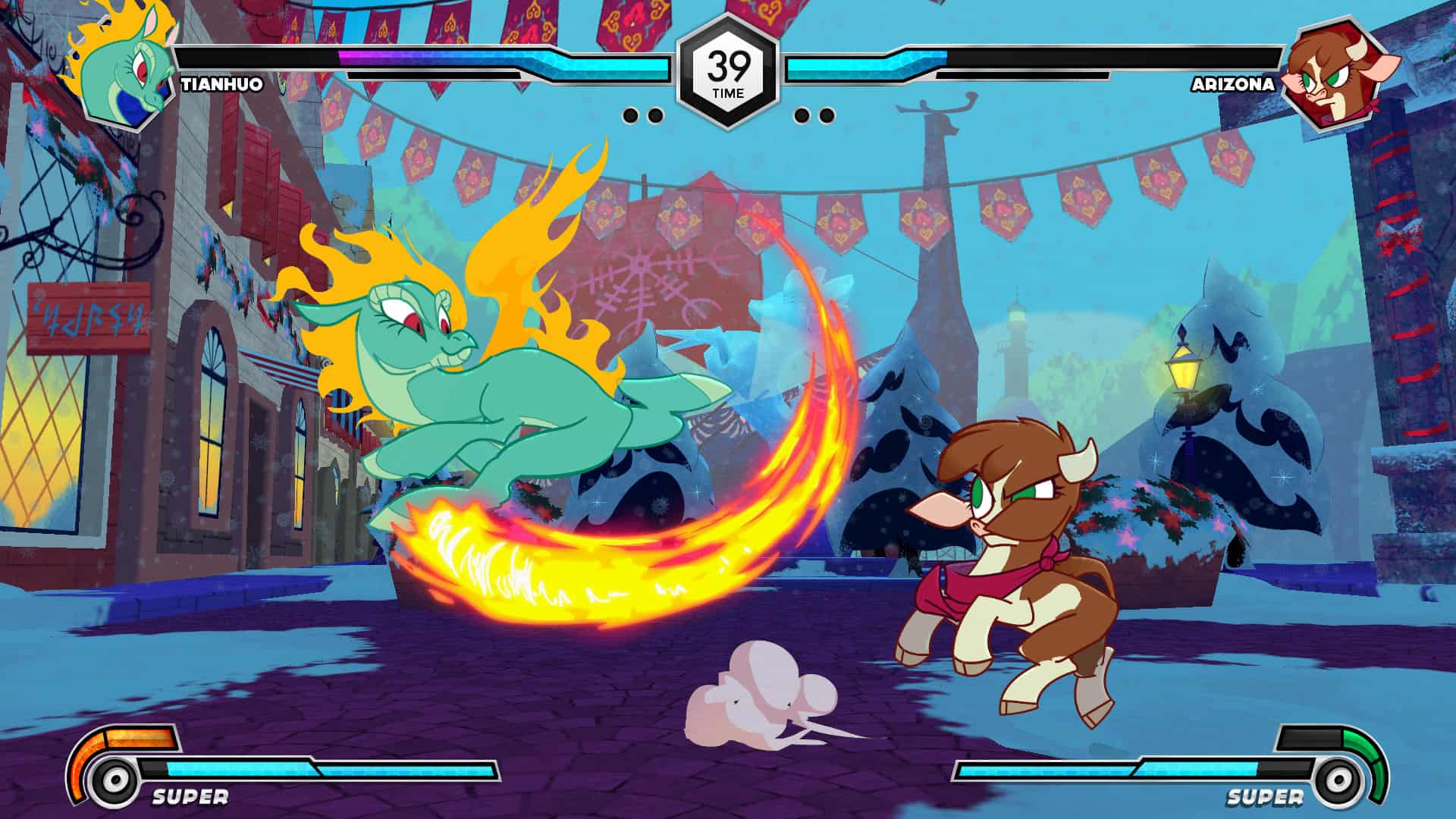
- Funding: $586,346
- Broken Promise: A Finished Story Mode
- Drama: Medium
This one’s pretty recent and pretty upsetting. Them’s Fightin’ Herds was a traditional fighting game with ponies and an online MMO aspect to it by Mane6 that became a niche cult classic over the years, with most of its players patiently waiting for the story mode in the game to get finished up after the game had secured over $500k in funding on IndieGoGo in 2015.
After a staggeringly long five years, the game was released to excellent reception but only contained the first chapter of that story mode. Over the next three years, they said they’d release chapters of the story as free updates, and after Modus Games had acquired the studio behind Them’s Fightin’ Herds, it looked like Chapter 2 would be coming in 2022.
After nearly two years of silence, the game suddenly ended active development on November 23rd, 2023. With only one of four planned chapters being released and most employees at Mane6 being laid off, this situation feels extremely grim. People who pledged back in 2015 had to deal with a 5-year delay and now aren’t even getting the majority of the main single-player campaign they were promised.
Through all this, Modus Games hasn’t said a word. The game wasn’t making that much money for them, around $260,000 annually, so after buying it out and barely supporting it anyway, cutting its life support was probably just a profitable move. Unfortunately, this isn’t even a rarity in indie games that score big publishers, and this is just a recent example further worsened by betraying the IndieGoGo backers.
#5 – Ouya

- Funding: $8,596,474
- Broken Promise: A Powerful System with Exclusives That Challenges Console Gaming
- Drama: Massive
Technically, this one isn’t a video game, but it’s a console that was genuinely pitched as opposition to the big three, and I’d be remiss if I didn’t talk about it. The Ouya is a small, $100 system with the cheapest controller known to man. It ran exclusively on Android with very little solid reason to think it’d ever grow to outdo Nintendo, Sony, and Microsoft, but that’s how it was pitched.
The Ouya was supposed to “Bring back innovation, experimentation, and creativity to the big screen,” “make games less expensive to make and less expensive to buy,” as well as having a “world-class controller, console, and interface,” and a million other buzzwords haphazardly strung together to make sentences that feel like you’re being pitched an As Seen on TV product.
The actual specs of the Ouya were nothing special, and that’s being generous. Only a Tegra3 processor with 1 GB of RAM and 8 GB of storage, but sure, it’ll challenge the competition that, at this point, was the PS4 and Xbox One. Somehow, this project secured 63,000 backers and $8.5 million on Kickstarter, which is baffling, considering this is just a phone in a box.
The Ouya became a critical failure and is one of the biggest laughing stocks in the gaming industry. At the end of the day, though, you do get what you pay for, which is a $100 Android phone and a terrible controller that you can hook up to your TV and easily jailbreak for whatever stuff you want to do on it, which is pretty much exclusively playing Mobile games on a TV for some reason.
#6 – Nekro

- Funding: $158,733
- Broken Promise: Releasing a Completed Game
- Drama: Medium
Nekro is a smaller game you probably haven’t heard of, and that’s because it got its wings clipped before it even had the chance to fly too close to the sun. Nekro was a top-down action game similar to the Diablo series, but with the twist of playing as a Necromancer that could summon legions of the dead to deal damage, and ironically, it died.
After over $150,000 raised on Kickstarter, the game died right after. Most of the backers got the game, or at least some of it, as what they were given was an unfinished demo because in 2016, only a year after the Kickstarter, the game unceremoniously got taken off Steam and never got updated again due to a falling out between the tiny development team.
The lead developer, Scott, had supposedly been shamelessly pocketing every bit of revenue they’d made from being on Early Access and hadn’t paid drkSeed, the guy who’d been doing a lot of the work, and randomly cut him off and blocked him everywhere. Nothing could get done in this state, and regardless of Scott’s later claims that this wasn’t true, no one was working on it anymore.
Both developers claimed the game would never be finished since they were both required to be a team for the game to be made. Since then, no updates or compensation has been given to the Kickstarter backers; they’ve just been left with an unfinished beta of a game with absolutely zero hope of any continued development, support, or anything to make up for it.
#7 – Friday Night Funkin’
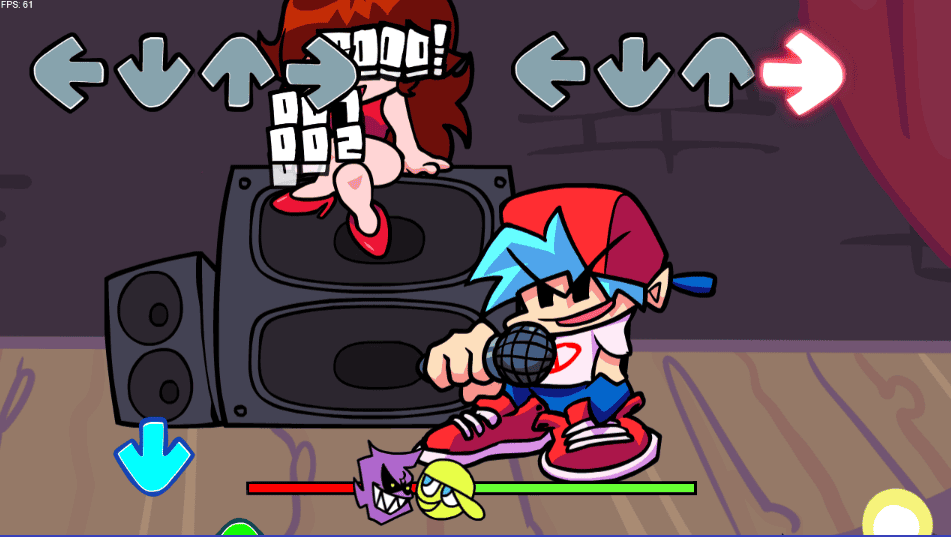
- Funding: $2,247,641
- Broken Promise: Technically, nothing yet, but that’s the problem
- Drama: High
You’ve probably heard of it for all the wrong reasons, but Friday Night Funkin’ is a notorious rhythm game made to be extremely accessible and feature the characters and vibe of Newgrounds in the 2000s. Unfortunately, like every flash game that graced Newgrounds, the updates regarding this project have been non-existent, and most people think it won’t ever be released.
This game’s first demo was released in November 2020, with the Kickstarter starting on 4/20 of 2021. Since then, we’ve gotten absolutely zero tangible updates on where the game is, the progress being made behind the scenes, or their plans on tackling the ridiculous stretch goals they’d achieved after getting $2 million.
The last tangible update was in February of 2023, where they announced news regarding physical rewards, and almost a year later, we’ve still got nothing regarding updates on the game, with most people just assuming the game might be dead at this point. This probably wouldn’t even cause much concern if their stretch goals weren’t ridiculous.
These goals include a mobile port, custom characters, a network to share custom content, fully animated cutscenes, 25 additional weeks of content, online multiplayer, ten playable characters, and a new difficulty. Needless to say, for a game primarily made by a small group of people who started with Adobe Flash, this is an insane task and one we probably won’t see completed in years.
#8 – Yogventures

- Funding: $567,665
- Broken Promise: A Video Game
- Drama: High
Yogventures was going to be one in a long line of attempted Minecraft killers, a multiplayer-focused open-world sandbox with great modding support, this time started by the Yogscast, Minecraft Youtubers that were popular when I was 8. It was supposed to be a comedic, more in-depth take on the typical crafting and sandbox game, but then it decided not to exist.
Unlike Nekro, the Yogscast decided to kill off this project after having earned $567k, with none of the money being refunded to any of the backers and no demo or decent beta being made available, just a pre-alpha if you paid $60 or more, and a random Steam key for an unrelated game being offered as compensation. If you were a supporter, you got your money practically stolen.
Winterkewl, the company developing the game (which was comprised of a single guy), had gone bankrupt in 2014, leaving the Yogscast to either find a new studio to make the game, refund the money and officially cancel it, or cancel it and keep their money since they’d already put most of the money towards a game that couldn’t be finished because the developers didn’t exist anymore. They took the third option.
This led to a pretty big outrage, as every single backer reward (which cost up to $10,000) got pretty much shafted aside from the physical rewards, and the only thing on offer for all these people who lost all that money was a key to a game called TUG that had absolutely nothing to do with anything. Truly the best damage control of all time.
#9 – Mighty No. 9

- Funding: $4,031,550
- Broken Promise: Vita and 3DS Ports, Delays, Physical Rewards
- Drama: Very High
Alright, this is edging on non-indie or double-A. Still, for the sake of covering the simultaneously most hyped and biggest crash and burn of any crowdfunded game, Mighty No. 9 was supposed to be the next big Mega Man game headed by Keiji Inafune. It turned out so bad that I’m sure you’ve already read hundreds of people talk about how terrible it is.
For starters, just speaking purely on fact, we never saw those 3DS and Vita ports that took $3.5m to achieve, even though they’re still listed on Amazon for some reason. On top of that, every single physical reward that people paid a ton of money for got delayed to hell and back, not coming out until 2017, and for a ton of people, not coming out at all (or, at best, in terrible quality).
They stated they’d shipped out the rewards, but many backers never got them or got significantly lower-quality versions than what they’d been pitched. On top of that, the game just sucked, releasing to a meager Metacritic score of 48, with the poor souls who chose the Wii U version getting treated to one of the least playable games on that platform.
This is the biggest failure of a crowdfunding campaign on all fronts. With broken promises, a terrible product, intense drama, and a ton of money having been poured into it, none of it making something that anyone wants to play nowadays. It had incredible potential and could’ve been a Mega Man revival, but instead, it killed him a second time!
Immerse yourself in the hauntingly beautiful world of "Hollow Knight," where every step unveils secrets and challenges waiting to be conquered. With its captivating art style and intricate gameplay, embark on an epic journey filled with mystery, danger, and discovery unlike any other.
Questions and Answers
Question: What’s the most funding an Indie Game has gotten through Crowdfunding?
Answer: Star Citizen had initially raised $5,500,000 but got further funding by keeping their crowdfunding options open, gaining at least $428,650,511.
Question: What’s the biggest Kickstarter of all time?
Answer: Mighty No. 9 delivered the backers that gave it four million dollars an unfinished mess that didn’t even release on every platform they’d planned.
Question: What are the best crowdfunded indie games?
Answer: There are quite a few, but some of the best are Undertale, Shovel Knight, Hollow Knight, and Bloodstained: Ritual of the Night.
Conclusion
At the end of the day, many Kickstarter projects either never get off the ground or end up as successful projects that go down as some of the best indie games ever made. We tend to remember those drastic failures that burn up and cause us to either laugh or cry because of it, but the vast majority of these games are either okay or just had decently understandable slip-ups.
However, that doesn’t mean there aren’t some incredibly massive mistakes made that can spiral into a game being unfinished, terrible, or not even coming out, and these are all upsetting when there are hundreds of thousands of dollars on the line. These games probably would’ve ended up as inconsequential bits of history if people weren’t paying for them not to exist.
Continue reading:
11 Amazing Indie Skating Games You Need To Play
Indie Genre Mashups That Weirdly Work
Best Indie Open World Games To Play In 2023
- Penny’s Big Breakaway Review – A Swing and a Miss - February 27, 2024
- Ultros Review – Psychedelics with Substance - February 17, 2024
- Amazing Indie Games With Huge Campaigns - January 30, 2024


